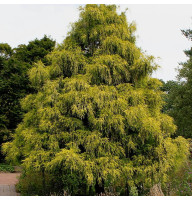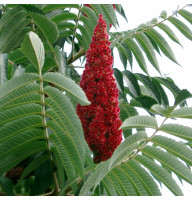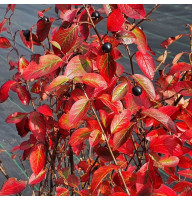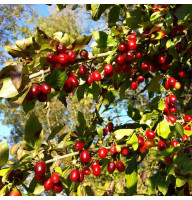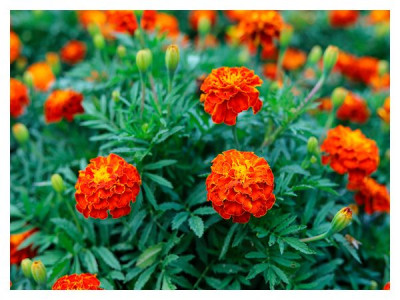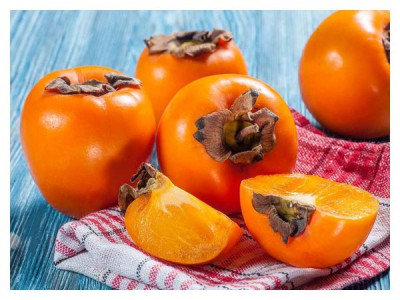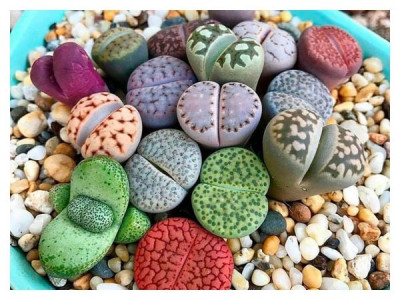If your suburban area is located so that the plants there receive direct sunlight for most of the daylight hours, it can be difficult to choose options for decorative gardening - many crops begin to dry and wither, or even get burned with such an abundance of solar radiation.
But nevertheless, among the huge variety of picturesque shrubs, you can pick up those that will only be happy with such a "bright" location. Moreover, even among them, you can choose plants to your taste - those that will be green all year round, those that can change the color of foliage during the season, those that will please you with delicious multi-colored berries or abundant fragrant flowering.
Your attention - TOP-12 ornamental shrubs for the sunniest area - choose!
Decorative willows
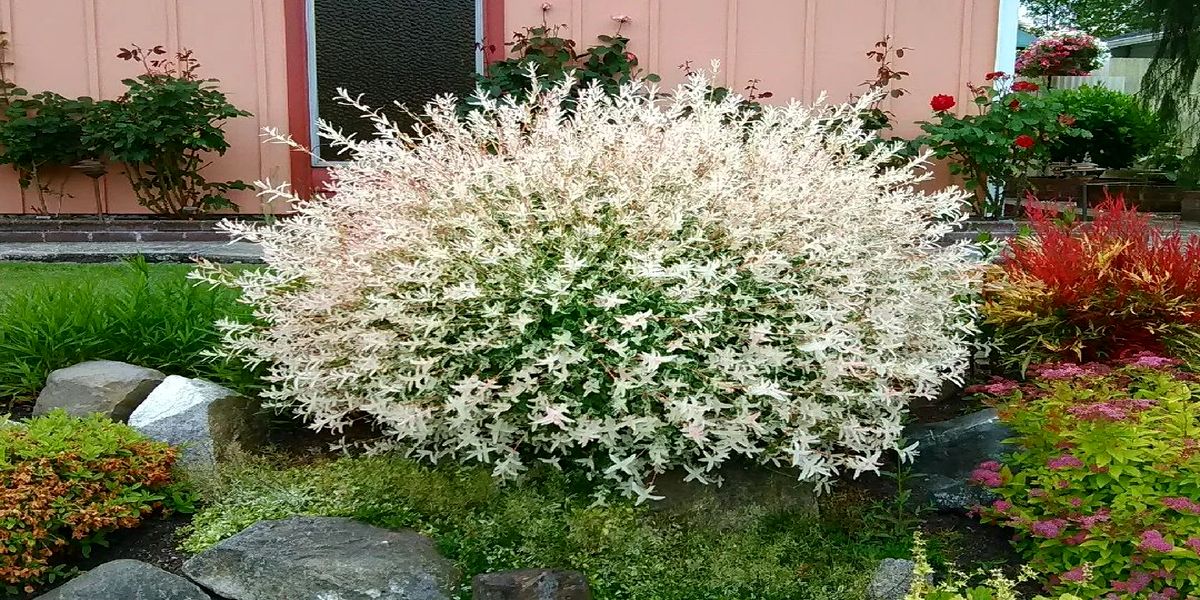
One of the most light-loving plants can safely be called the familiar willow. And since the culture has many "smart" shrub forms with a large number of varieties each, it will not be difficult for you to choose plants that fit perfectly into the design of your site.
Pay attention to the Flamingo willow (Flamingo) with bright pink spring growths against the background of green foliage; on willow whole-leaved Hakuro Nishiki (Hakuro Nishiki) with narrow contrast-spotted leaves and purple catkins; on the willow of Matsuda with an openwork weeping crown with curved yellow-red shoots, on the dwarf polar willow, which goes under the snow with green foliage; on the slow-growing willow of Boyd with fluffy leaves, which is easy to convert into bonsai; on rosemary willow with pubescent green-silvery leaves that turn yellow in autumn ...
Willows grow on any soil (although they prefer moderately moist sandy loam), winter and drought-resistant, easily amenable to formative pruning, quickly forming a voluminous fluffy crown.
Sumac deer-horned (fluffy)
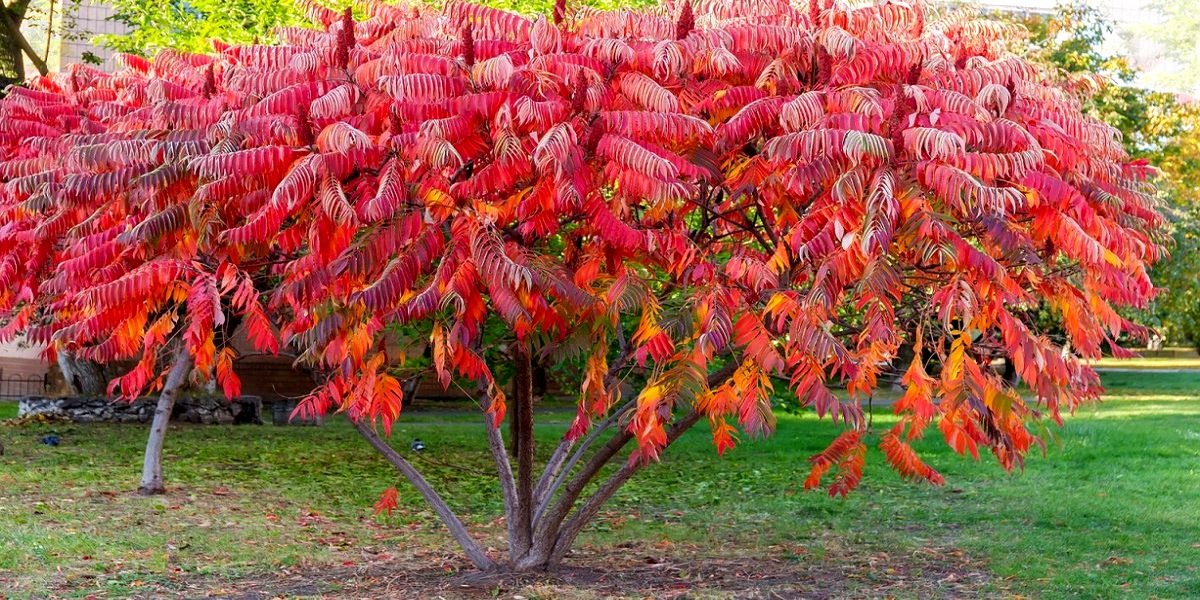
Acetic tree is often called this winter-hardy and very ornamental plant that can grow as a shrub or a small low-branching tree with very large pinnate ("palm") dark green leaves and tall erect panicle inflorescences (female - purple, male - yellow-green). green).
Sumac is especially decorative in the fall, when its foliage begins to change color unevenly from green to all shades of orange or burgundy, until the entire crown “flames” completely.
As you already understood from what we included in our list of sumacs, the most open sunny place on the site will suit him. It is undemanding to soils, easily tolerates heat and drought, and quickly recovers after freezing. In the spring, sumac actively attracts pollinating insects (it is an excellent honey plant), and in winter, the feathered guests of the garden will be grateful to him for the bright juicy berries.
Cypress
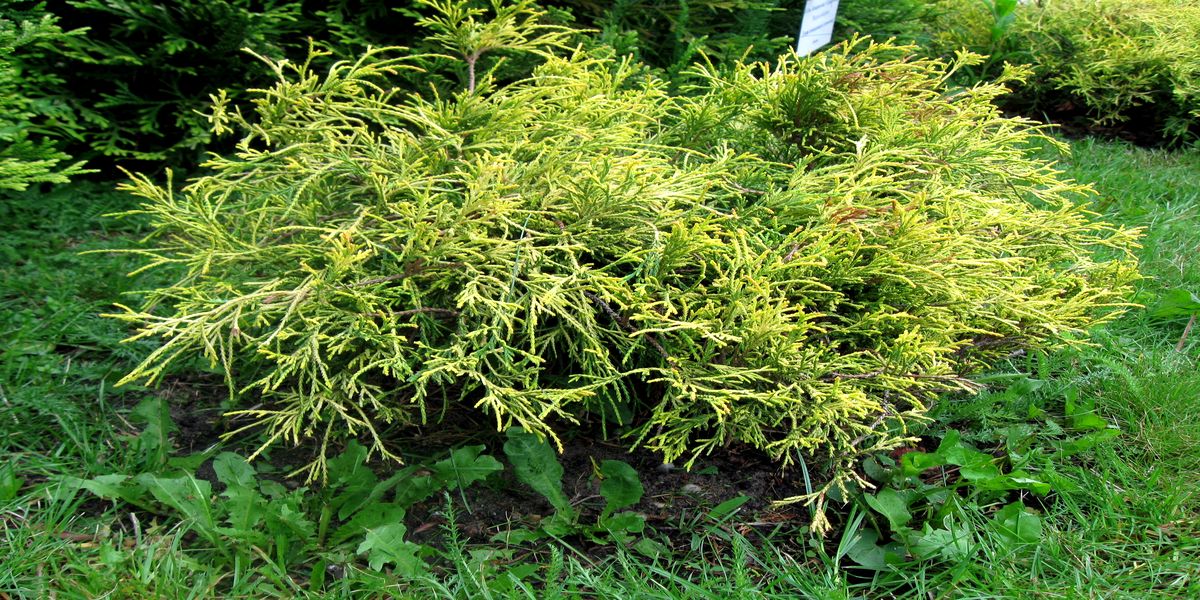
Outwardly, these plants of the Pine family are very reminiscent of cypresses and arborvitae, differing from them in more flattened branches and smaller, spherical cones that ripen in a year up to 8 mm in diameter. Among the representatives of the genus, there are both giants several tens of meters high, and real dwarf shrubs - but they are all exceptionally photophilous.
Most often, various varieties of pea cypress (endemic to the Japanese Islands) are planted in suburban areas of the middle lane - Boulevard, Squarrosa, Golden Mop, Filifera, Aurea, Plumosa. Most of them have a well-defined cone-shaped crown with horizontal large branches and flat hanging branches densely covered with leaves (flattened needles). Some varieties are distinguished by needles - it can be awl-shaped or bent inward, others are notable for the color of the foliage - from yellow-green to gray-blue.
Cypress trees love moist, loose, fertile soil. Most species are hardy enough to overwinter without shelter, although there are exceptions.
Dogwood (turf, svidina, willow)

Many types of dogwood, which are deciduous shrubs of various sizes, are decorative not only due to their early and abundant flowering, dense intense green foliage and bright beautiful fruits, but also due to the extraordinary colored surface of the shoots - they can be yellow, greenish-brown, coral-red, red-brown or black-red, and in young twigs also with a bluish bloom.
Such, for example, is white turf with rich scarlet shoots that create an active color accent even in summer, not to mention the winter snow cover; with dark green leaves, acquiring a red-violet hue by autumn; with bluish-white berries and snow-white inflorescences. In varietal plants, the appearance is even more attractive. Depending on the variety, the color of their foliage can be yellow, reddish, bicolor, spotted, and there are also specimens with a light border.
All dogwoods are photophilous and very unpretentious, grow best on light soils, tolerate shearing well, are resistant to dust and gases, multiply without problems, and are great for creating hedges.
Forteguilla

A very unusual and still rare species for our summer cottages is fortagilla. A slow-growing deciduous shrub with alder-like foliage, it is especially decorative in autumn, when it turns from green to the brightest orange-red, gold or purple, and in spring, when large fluffy creamy candle inflorescences appear abundantly on the plant (some compare them to "brushes"). ") with honey aroma.
Fortagilla loves the sunniest places, protected from cold winds - in the shade it will simply lose the brightness of the foliage and the abundance of flowering. Ideal soil conditions for the plant are slightly acidic, well-moistened soils with a drainage system. Among all plant species, the best winter hardiness in our climate was shown by large fortagilla.
"Twisted" hazel
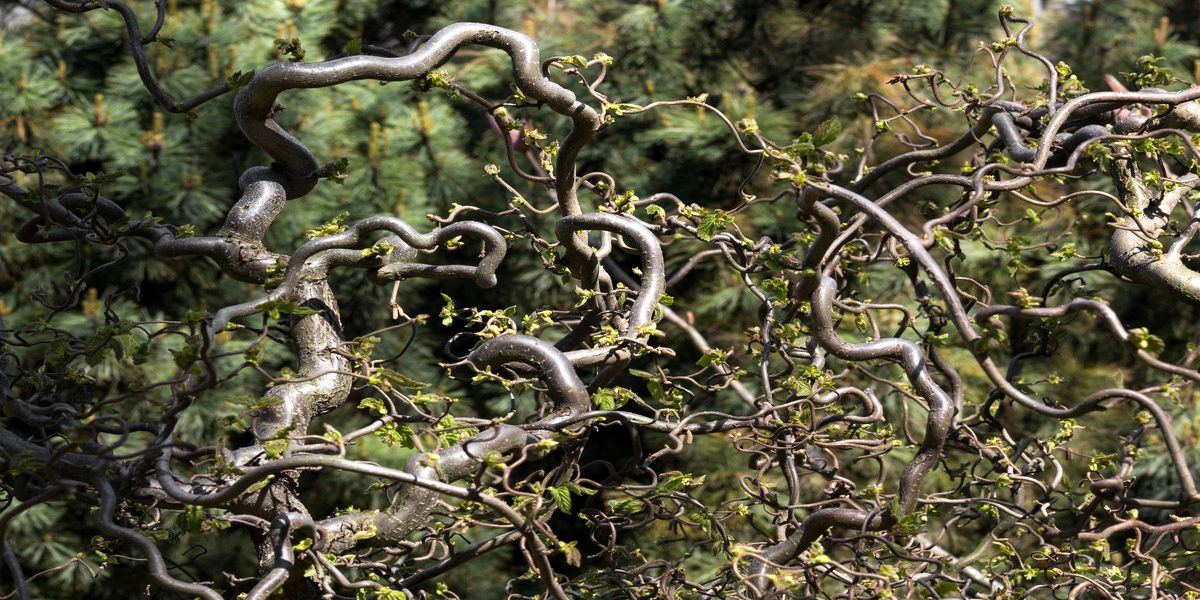
Common hazel Contorta - this is the correct name for this light-loving shrub. But you certainly won’t consider it “ordinary” when you see incredibly twisted, strongly twisted shoots. Even when planted "solo", the plant will turn your site into a fabulous corner.
Contorta is especially decorative in winter, when twisted shoots are covered with a snow cap, however, in summer and autumn it is decorated with no less "strange" strongly wrinkled leaves. In the spring, large golden earrings add decorative effect to this hazel - the culture blooms very early, sometimes when there is still snow on the site and so there are not enough bright colors.
Hazel is undemanding to soils (although it will grow better on rich, moist, well-drained soils), drought-resistant, practically not susceptible to diseases and pests, and easy to cut.
Beautiful fruit (callicarpa)
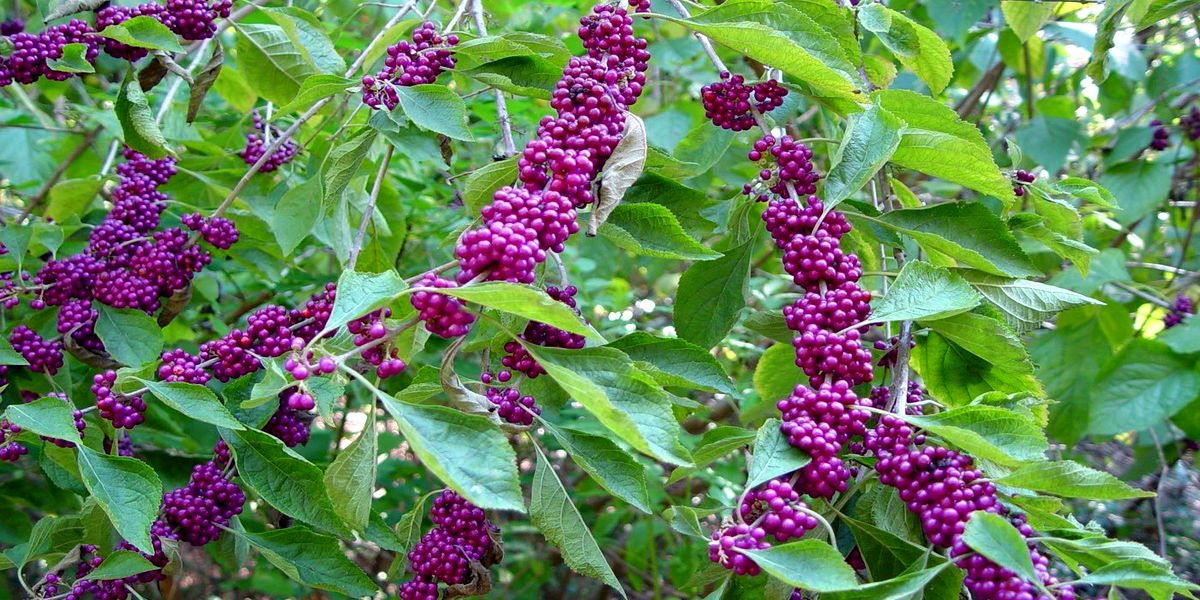
As you should already understand from the name, the main advantage of this deciduous shrub is its brightly colored fruits. Indeed, they are rich purple in callicarps, collected in spherical clusters, and remain on the shoots after leaf fall and adorn the plant all winter.
In spring and summer, the leaves of the beautiful carp vary in color from light green to dark green. But in autumn, shrubs that grow in sunny places “dress up” in elegant yellow, red and purple foliage. In summer, the plants bloom with clusters of small light pink or light lilac flowers with long stamens.
The only problem of culture is not very good winter hardiness. Therefore, choosing a beautiful fruit for your garden, you must select its most frost-resistant varieties and forms (for example, Bodinera Profusion), and also carefully cover the plant for the winter.
Exochord (string fruit)
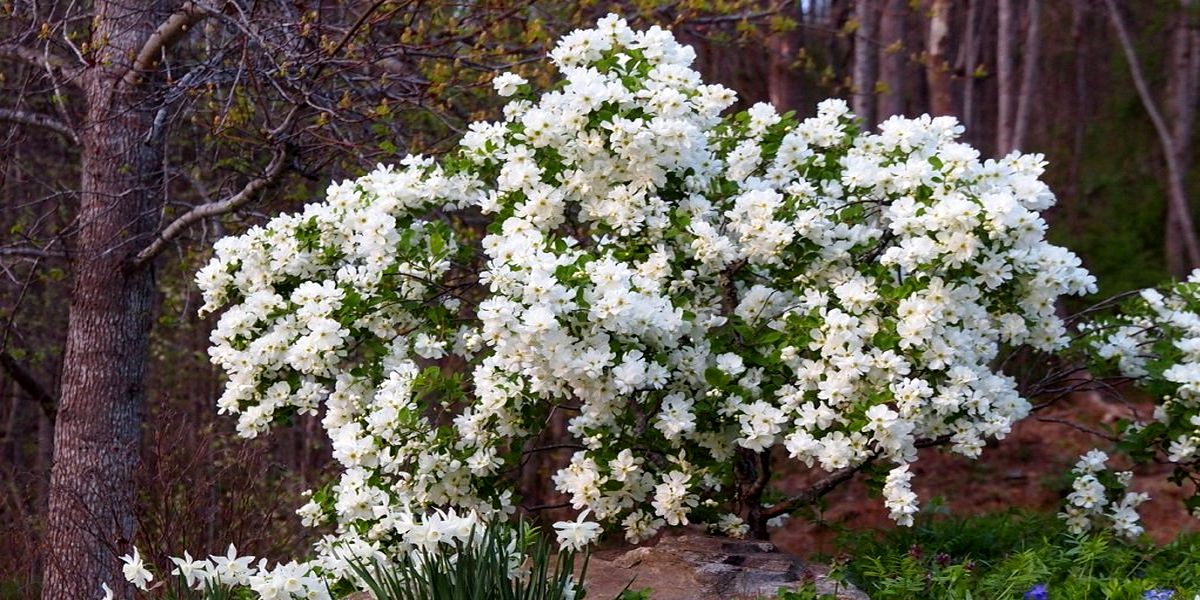
All representatives of the Exochorda genus are densely branched, profusely flowering shrubs with a spreading crown with rich green, yellowing foliage by autumn and large (2.5-5 cm in diameter), snow-white five-petal flowers collected in a brush. Plants bloom in April-June for three weeks, then by autumn very decorative fruitlets are also formed on the bushes, resembling hard ribbed balls (fruiting begins at about the age of five).
On the site for the exochord, the sunniest, draft-protected place with fertile soil is suitable. Further care of the shrub comes down mainly to regular watering and pruning. But remember that not all types and varieties of exochords are suitable for growing in the climate of the middle lane, but only the most winter-hardy, capable of withstanding frosts down to -28-34 ° C.
Cotoneaster
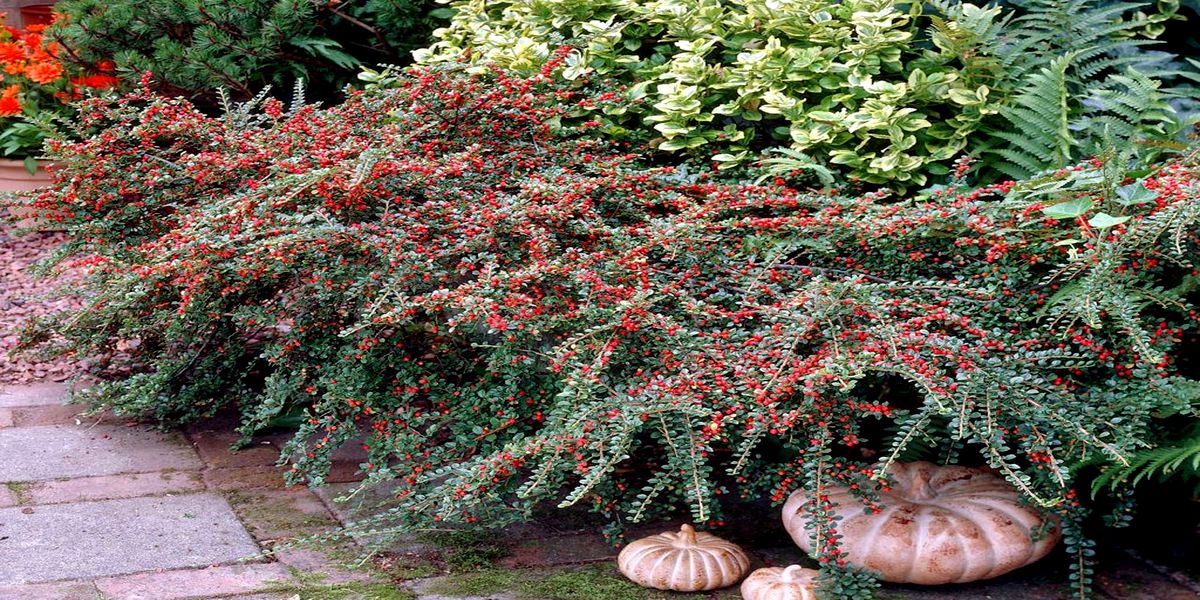
Despite the similarity of names, cotoneasters are not at all "close relatives" of the dogwood, and even belong to a completely different family and order (Pinks and Rosaceae, respectively).
Many of the species of the genus are used in decorative landscaping, because, in addition to an elegant appearance (dense crown, glossy "wax" leaves, often changing color by the end of the season, abundant snow-white or pink flowering, spherical red or black berries), plants differ in mass positive properties for the gardener are low demands on soil and moisture, frost and drought resistance, smoke and gas resistance, ease of pruning.
These slow-growing shrubs of different habits (upright, creeping, etc.) feel best in sunlit places and fertile soils. Otherwise, the culture is very unpretentious and you can choose from its many types those that, in appearance, are more in line with your requirements for the landscape of the site - brilliant cotoneaster, rocky, Dammer, willow, splayed, etc.
Hydrangea oak-leaved
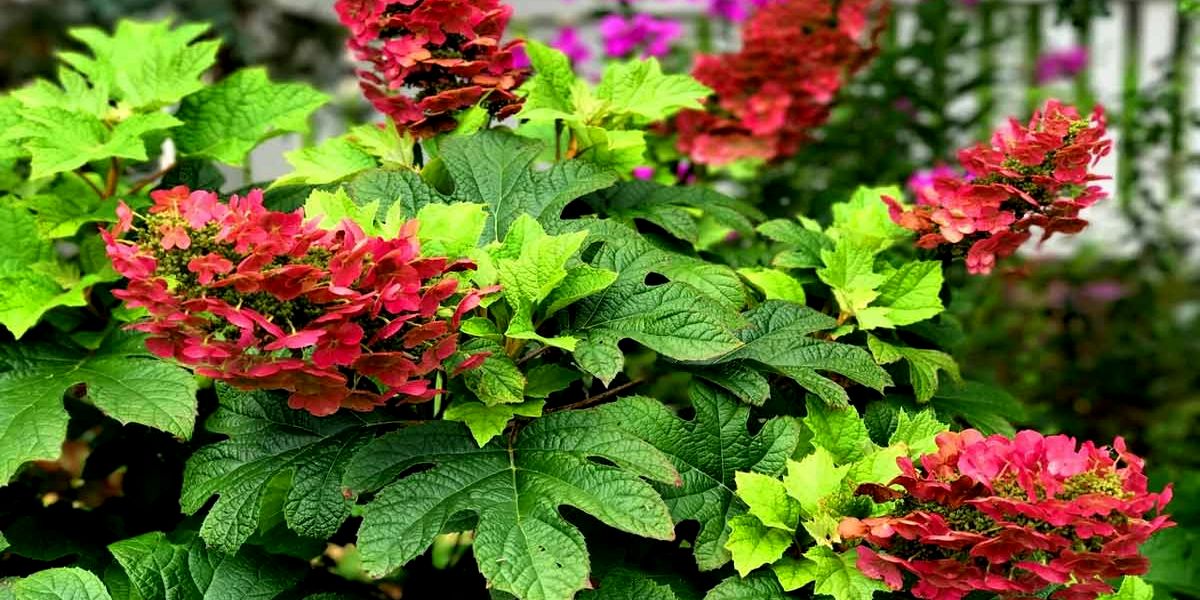
Most types of chic hydrangeas love semi-shaded areas, and only oakleaf hydrangea is an exception, preferring the sunniest places.
Another advantageous external difference between the oak-leaved hydrangea and its "sisters" is that the unusually shaped foliage of the shrub acquires a crimson color with the onset of autumn. Well, this culture has many other advantages - the size of the leaves and inflorescences, increased winter hardiness, excellent resistance to diseases and pests, unpretentious care.
There are many varieties of oakleaf hydrangea, differing in flowering time, as well as the size and shade of inflorescences (sometimes even changing color during the season) - you just have to choose.
Vesicle viburnum
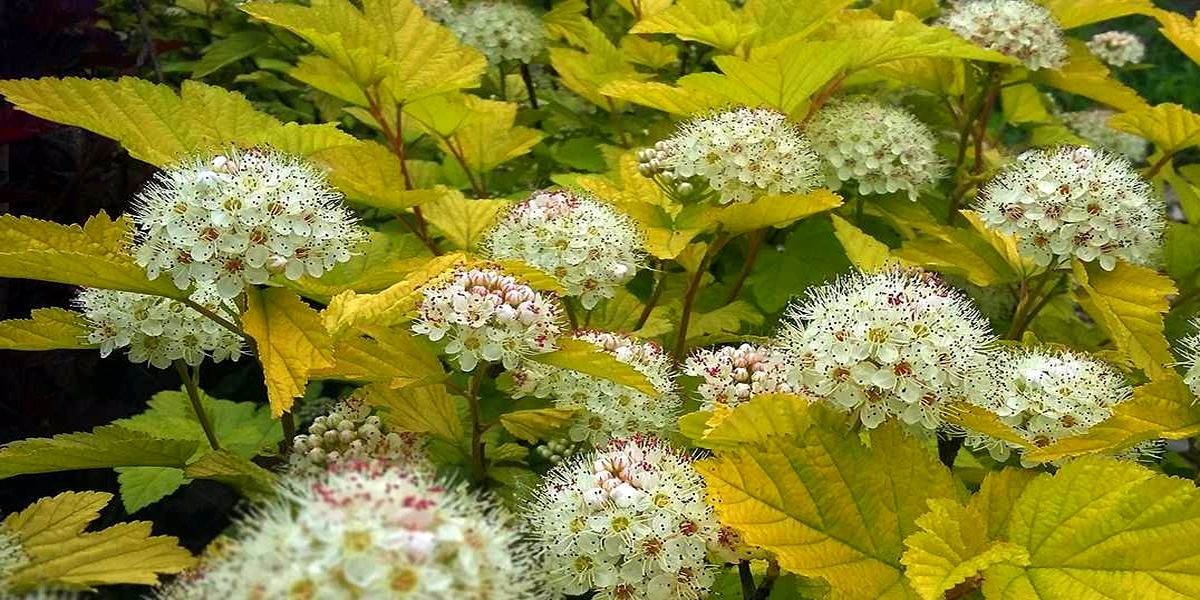
A deciduous shrub with a dense crown, a vesicle, also belongs to lovers of bright light, on which it most clearly shows its decorative effect.
And there is something to "show" - the vesicle attracts the eye throughout the season. The color of its large corrugated leaves depends on the variety. For example, Diabolo vesicle has purple-red leaves throughout the growing season, Summer Wine has wine-red leaves in spring and green in summer, and Dart's Gold has orange-yellow leaves in spring, green in summer, and green in autumn. golden-bronze hue. During flowering, dense white inflorescences cover a solid part of the bush, and with the advent of autumn, unusual leaflets appear in place of the flowers, which make the plant even more attractive.
The culture is unpretentious, frost-resistant, lends itself well to formation - you just have to choose the sunniest place with fertile, well-drained soil for the vesicle on the site.
Japanese spirea

Japanese spirea is extremely decorative, blooms for more than a month (flowers from white and pale pink to lilac and purple), is not at all demanding to care for, adapts to any climate, grows quickly and propagates easily, therefore it is an ideal plant for beginners or to create a "lazy garden."
Tall forms and varieties of this light-loving deciduous shrub are grown as hedges, stunted ones are used as a ground cover or for border decoration. In addition to the shape and size of the plant itself and the shade of its inflorescences, you can choose the Japanese spirea that is ideal for you by the color and shape of the leaves, by the direction of the shoots (upright or creeping), etc.
As you can see, there are not so few options for ornamental shrubs for the most illuminated place on the site. We hope our material will help you navigate in all their diversity.

